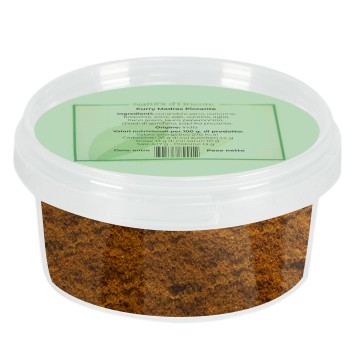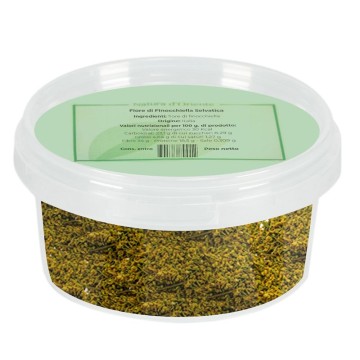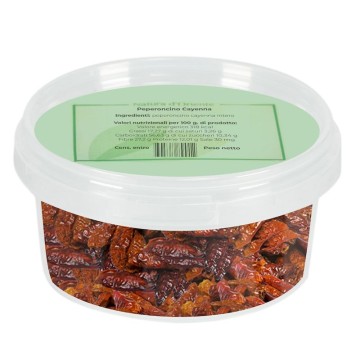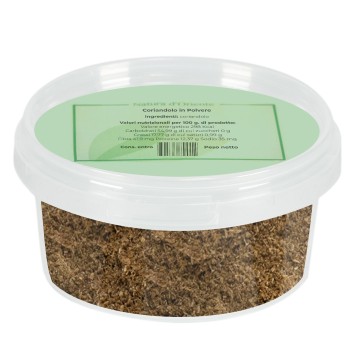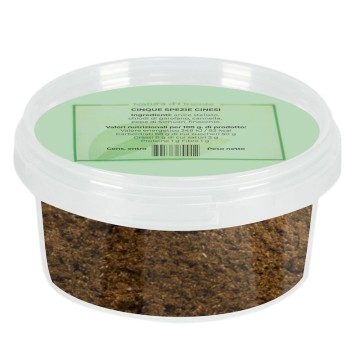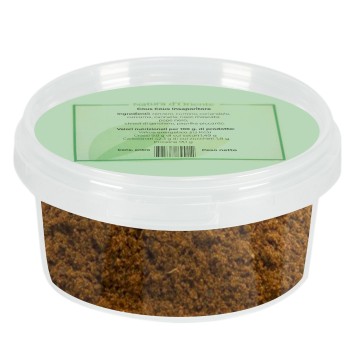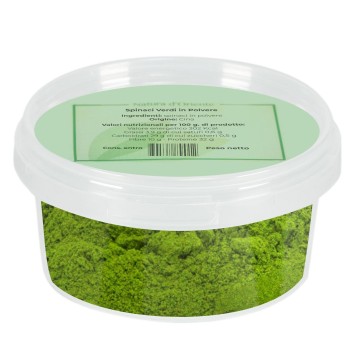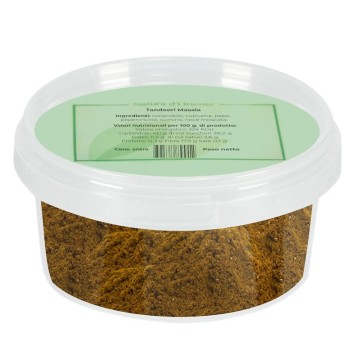The peculiarity of the chili pepper is its slow drying and smoking process. In this case, its Jalapeño variety is excellent, much appreciated in Mexican and Texan cuisine. Its green color is due to the fact that the jalapeños are harvested before the complete seasonal ripening, so they are more unripe and bitter than the red ones.
A phase that makes this chili pepper aromatic but not too spicy. Its pungent taste is not invasive, with fruity and herbaceous notes; it can be used widely in the kitchen, also savoring the nuances that it gives to dishes.
The traditional use of the chipotle chili dates back to the Aztecs, who smoked both meat and chili peppers. Since then, the tradition has reached modern Tex-Mex cuisine and then the whole world, to enhance recipes of roasted and grilled meat, fish, vegetables, legume soups and spicy sauces.
Green Jalapeño Chili: properties and benefits
The varieties of Jalapeño peppers are distinguished by size, color and spiciness. In the case of green jalapeños, picked before ripening, they give a medium-strong spiciness, a burst of flavor and taste to many recipes.
The traditional Mexican smoking process gives an intense aroma and flavor, influencing the chemical properties of the chili pepper - differently depending on the method used: wood or gas dryers.
The green jalapeño can be smoked for a long time or only lightly, with different results. A medium smoking time (1-4 days) maintains a more fruity and earthy flavor, despite the smoky and spicy notes.
After drying and smoking, the chipotle chili pods are crushed, reduced to small pieces, revealing wrinkled skins. The crushed version is practical for sprinkling the pungent flavor in the right doses.
The intensity of the chipotles, due to the jalapeño peppers, makes for a good level of strong but tolerable heat. Perfect for those who want a provocative and “smoky” touch in the kitchen. Nutritionally, the color of these peppers comes from carotenoids, antioxidant substances present in the fruit.
Jalapenos, like many peppers, contain fiber and capsaicin - the substance that makes the heat and spiciness together with the active alkaloid compounds capsanthin and capsorubin.
Capsaicin, associated with the consumption of chili peppers, improves digestion and has a stimulating effect on the metabolism, thanks to its thermogenic properties (it increases heat dispersion). As a spice ally for diets, thanks to capsaicin, chili peppers flavor dishes without adding calories. They also benefit blood circulation: they stimulate vasodilation at a peripheral level, helping to regulate the functionality of the cardiovascular system and blood pressure.
As a precaution, it is necessary to use jalapeño peppers in moderation, since capsaicin is very irritating to the mucous membranes. It is necessary to dose it carefully, avoiding that the chili pepper enters the eyes, nose or comes into contact with other mucous membranes. Furthermore, an excessive quantity can become irritating for the gastric and intestinal mucosa, to be moderated in case of stomach ache and ulcers, hemorrhoids, gastroesophageal reflux.
Use of crushed green Jalapeno in cooking
The green jalapeño chili pepper, not completely ripe, gives the dishes a pungent flavor that is not excessive, pleasant with its fruity nuances and soft consistency. The smoky note is suitable for seasoning and marinating, for cold and hot dishes. Thanks to the convenient shape of the crushed chipotle chili, it can be used as a condiment to sprinkle on raw dishes and at the end of cooking, better enhancing its qualities. It can also be added during cooking, and to add a special heat to oil.
Green jalapeño is used as an ingredient in hot sauces, chutneys, chili con carne, and stews. It is good for adding a deep, spicy kick to meat fillings, and is a favorite in Mexican taco and burrito fillings, and in enchiladas (a stuffed tortilla topped with chili sauce). To flavor meat, it is also used as an ingredient in barbecue marinades, and in spice blends you can create for BBQ, roasting, and grilling meat.
Green jalapeño chipotle brightens up legume dishes, soups, vegetables, and cheese. It is also used on raclette cheese, in the recipe that heats the wheel over the fire. Its smoky chili flavor intensifies vegetarian dishes, appetizingly enhancing roasted or boiled vegetables, and salads to which it adds flavor and heat. The crushed version can be useful for seasoning fish soups, pasta dishes, baked goods and flatbreads, adding heat to recipes.
In addition, chipotle peppers are the base for the Mexican Adobo sauceana, rich in flavor thanks to the tomato, with an earthy flavor used as a base for other sauces and recipes. Remember that Jalapeño peppers are in the middle of the Scoville scale with a medium-strong spiciness.
Fish curry with green jalapeno
Ingredients: 4 fillets of white fish – tablespoon of peanut oil – 1 onion chopped - 500 g of basmati rice - ¼ teaspoon of garlic powder – 1 piece of grated ginger – 3 tablespoons of curry - 400 g of coconut milk – 1 teaspoon of thyme powder – ½ teaspoon of ground Tellicherry pepper – 1 handful of crushed green jalapeno pepper – 1 teaspoon of fine sea salt – 1 squeezed lemon – Fish mix: Fish grilling herbs
Natura d'Oriente (alternatively a pinch of garlic – onion powder – paprika - cayenne pepper - cumin)
Preparation Season the fish with the fish grill herbs and place on the grill. Turn only once, if possible. Cook the basmati rice for the side dish. Meanwhile, heat the peanut oil in a pan and fry the onion. Add the garlic, ginger and pepper and fry briefly.
Then sprinkle the curry and fry briefly. Deglaze (melt and dilute) with the coconut milk and season with thyme, Tellicherry pepper, chili pepper and sea salt. Simmer for about 10 minutes, until the sauce has the desired consistency. Finally, add the lemon juice and stir. Serve with the hot fish, placing the rice on the side dish.
Origins and History of Cultivation
The Jalapeño chili comes from the Capsicum annuum plant, belonging to the Solanaceae family. Originally from Central America, it was cultivated in Mexico and Chile about 6,000 years ago, and reached Europe thanks to Christopher Columbus.
Jalapeño peppers are a cultivar of the Capsicum annuum species that takes its name from the city of Jalapa or Xalapa, capital of the state of Veracruz.
It grows well in fertile and well-drained soil conditions, with plenty of light. The plant produces a medium-sized pod (5-10 cm), and firm pulp. They hang downwards and green jalapeños are picked before they are fully ripe.
The word chipotle, on the other hand, comes from the term chilpoctli, which in the native Mexican language (Nahuatl means smoked chili pepper. The Aztecs smoked foods to preserve them for a long time, drying them quickly - the reason for chili peppers is that their thickness often causes them to rot before they reach adequate drying.
The process has continued since then and the dried green Jalapeño pods are smoked with mesquite wood in the open air. The smoking time varies depending on the choice, usually several days. The differences between chipotles also depend on the smoking times, as well as the variety of jalapeño peppers.
Chipotles are mainly differentiated between two varieties, coming from the same family of jalapeños. The Chipotle Meco, smoked for a long time, takes on a light brown color and It is very tasty; the Chipotle Morita is smoked for half the time of a Meco, and gives a fruitier flavor. At the end of the process you get whole pods of chipotle that can be ground, or kept in the version of crushed green Jalapeño.









 No reward points for this product.
No reward points for this product.

